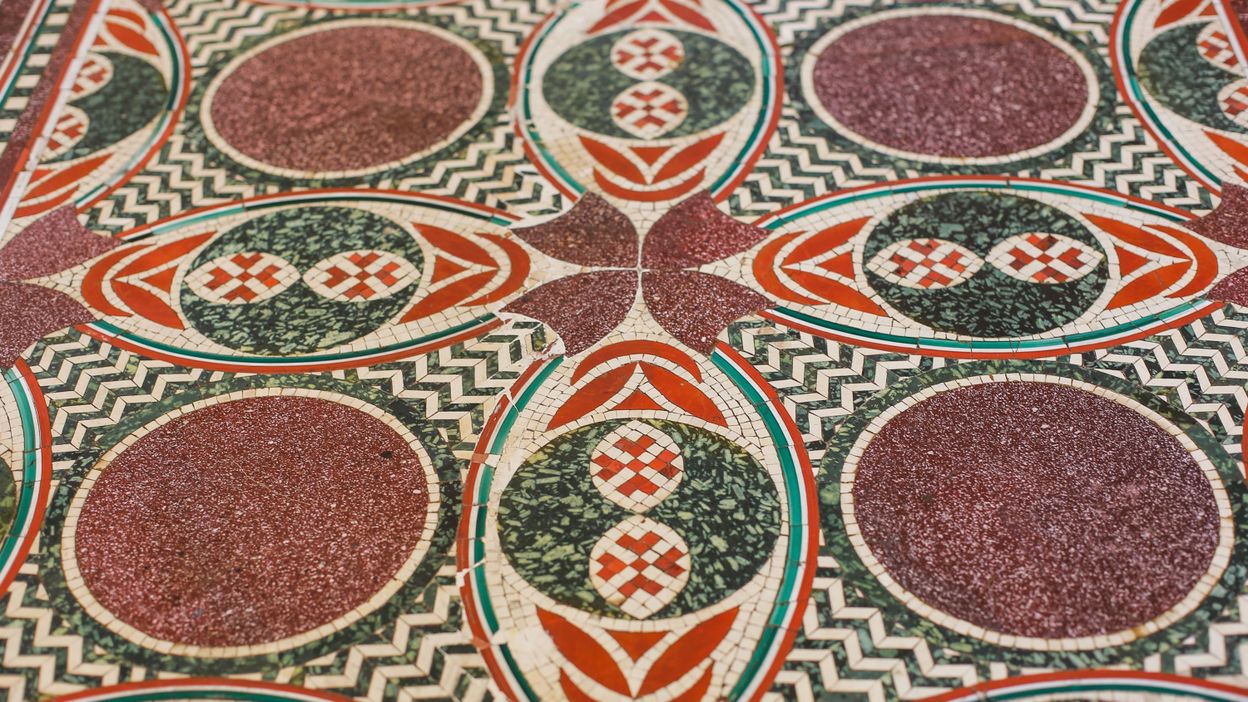She is now back in Italy. This colorful mosaic was found in a New York apartment, transformed into a living room table. However, long before serving to put down the coffee cups, it decorated the dance hall with one of the sumptuous boats of the Roman Emperor Caligula.
It’s an incredible story told by the expert in ancient Italian marbles Dario Del Bufalo on the show 60 minutes on the American channel CBSNews. During a signing session for one of his books, in New York, the expert overhears a conversation between a lady and a young man who recognize a photo in the pages of the book. The woman is surprised at the similarity to the table she has in her 5th Avenue apartment. Intrigued, Del Bufalo leads the investigation and manages, some time later, to identify the mosaic. It is indeed an antique work, commissioned by Emperor Caligula in person, almost 2,000 years ago.
–
Caligula was Roman Emperor between AD 37 and AD 41. Presented as an authoritarian and bloodthirsty leader, he also had a penchant for excess. Party lover, he gets built two gigantic boats on Lake Nemi, near Rome. They have only one goal: to host parties of luxury and debauchery. In short, ancient “booms”. The mosaic covers part of the floor of the dance hall of one of the two floating palaces, which also host thermal baths with hot water, gardens, and even a temple.
–
8 images
–
–
According to Del Bufalo, the mosaic is incredibly modern for the era. The materials and the colors are then not really in fashion, a sign of the artistic avant-gardism of the emperor. Its geometric shapes are almost psychedelic, and it wouldn’t denote in a contemporary art museum.
–
8 images
–
–
Caligula the tyrant died assassinated in 41. To erase his existence from collective memory, his statues were destroyed, his name was erased, and his boats were probably sank to the bottom of the lake. It was only at the end of the 1920s that the dictator Mussolini, eager to exploit the glorious Italian past, organized excavations and bring up the wrecks. Many objects and works came out of the water, including our mosaic.
–
Unfortunately, in 1944 a fire destroys the museum where the boats are. Few artefacts survive, and it is probably at this point, taking advantage of the general confusion, that the marble mosaic is stolen.
In the 1960s, Helen Costantino Fioratti, a New York second-hand dealer, made the acquisition of the table with an Italian family. She has no idea what she just found. She will recognize the mosaic in the book. When the work is formally identified, a prosecutor convinces the lady that it would be better for her to part with it, since it is a stolen object.
On March 11, the mosaic found the way to Italy, where it is exhibited at the Nemi Museum. On CBS, Del Bufalo promises that he will send an exact copy to Helen Costantino Fioratti, in order to compensate her for the loss of the object and continue to serve tea and coffee, and ensures that she will not see the difference.
–
8 images
–
–
–









-KQ4741So.jpg?vh=cdfeda&ci_seal=9d6fcc18a9)